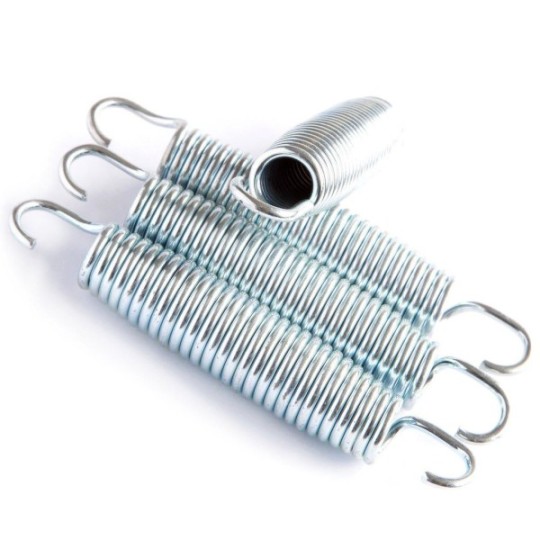Why Trampoline Springs Break

Do you have fond memories of bouncing on a trampoline in Kenya for hours as a child? Maybe you’ve set up one in your backyard to entertain your kids. Trampolines are known for being an endless source of fun while providing exercise benefits. Nevertheless, to ensure safety and optimal performance, it’s important to grasp how various bouncing styles can affect the wear and lifespan of trampoline springs – particularly if you’re using your trampoline for purposes beyond child’s play. Let’s look at some reasons why trampoline springs break
Do you need your trampoline in Kenya repaired? Please reach us on the contacts below
Why weight capacity is important
The importance of weight capacity should not be overlooked when considering a trampoline. However, calculating weight capacity is not a simple matter. It is determined by the static weight load at the center of the trampoline, which doesn’t take into account the fact that trampoline users are in motion. Even if the user weighs less than the weight capacity specified for the trampoline, the dynamic weight, velocity, and weight in motion must be factored in. Additionally, weight capacity is calculated assuming that the user jumps in the middle of the mat, which may not always be the case. As you can see, weight capacity is a more complex issue than it may seem at first.
The reasons behind excessively stretched springs on trampolines
When a trampoline user continuously bounces in the center, the springs are unlikely to be overloaded. Even if the user jumps onto the trampoline from a platform or a similar height, it’s more probable that the trampoline will bottom out instead of the springs being overloaded.
However, if trampoline routines and tricks require using the entire mat surface, including double bouncing and other acrobatics, the load shifts towards the mat’s edges. As per the laws of physics, this shift causes the springs to overload, and it’s unavoidable. Therefore, if you’re practicing trampoline routines and tricks for sports or activities that necessitate using the entire mat surface, your springs will likely become excessively stretched faster than usual.
Never bounce if you have over sprung or missing springs
Always prioritize safety and remember to stop using your trampoline if you suspect any missing or over-sprung springs. It is crucial to replace these springs before continuing use to avoid placing extra load on the remaining springs, which increases the risk of losing more springs and damaging the mat. There are many more reasons why Nairobi trampoline springs breaks but for now let us reflect on these ones.


